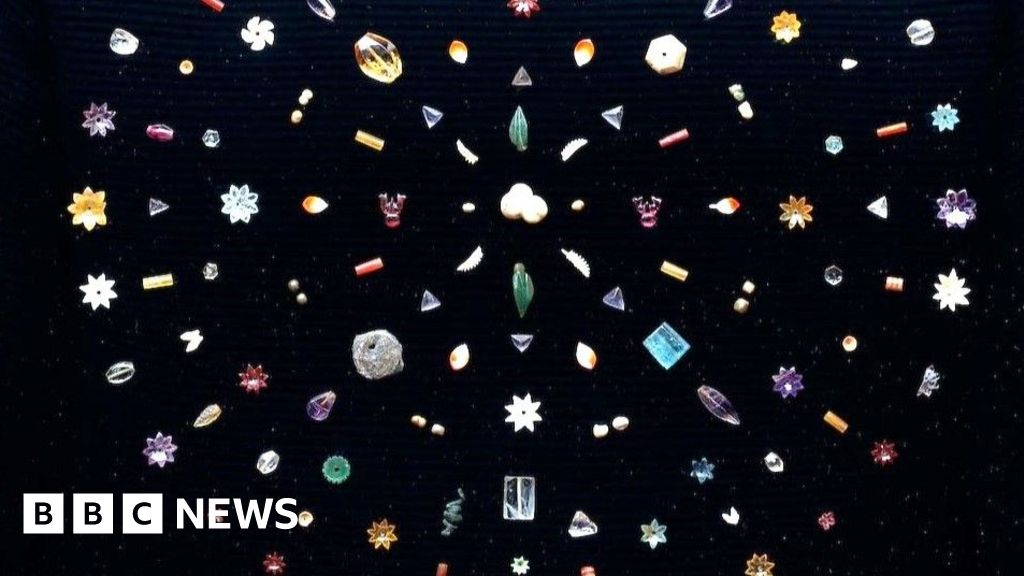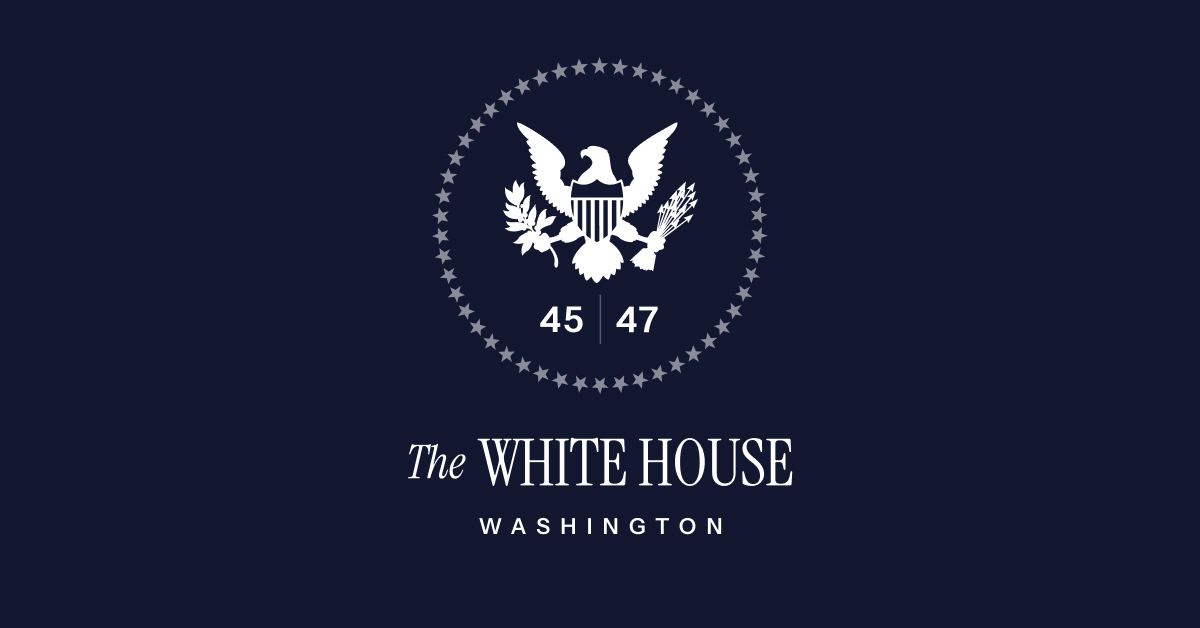- Arvind's Newsletter
- Posts
- Arvind's Newsletter
Arvind's Newsletter
Issue No. #1154
1.Indian factory growth hits 16-month high, business outlook darkens, PMI shows: Reuters
Indian manufacturing growth expanded at its fastest pace in 16 months in July, driven by robust demand, but business confidence fell to a three-year low amid competitive pressures and inflation concerns, a survey showed on Friday.
The HSBC India Manufacturing Purchasing Managers' Index, compiled by S&P Global, rose to 59.1 in July from 58.4 in June, slightly below a preliminary reading of 59.2. The index remained well above the 50-mark separating growth from contraction.
Despite the strong performance, manufacturers' optimism fell to its lowest level since July 2022. Companies cited mounting competition and inflation concerns as key challenges.
The contrast between present conditions and future outlook was reflected in hiring patterns with employment increasing at the weakest pace since November 2024.
However, India’s gross Goods and Services Tax (GST) collection for the month of July stood at Rs 1.96 lakh crore, marking a 7.5% increase compared to the same month last year, government data showed as reported by Economic Times.
For the previous month, India’s gross Goods and Services Tax (GST) collection for the month of June stood at Rs 1.85 lakh crore.
The gross domestic revenue grew 6.7% to Rs 1.43 lakh crore, while tax from imports rose 9.5% to Rs 52,712 crore.
2.Andhra Pradesh approves plan to offer up to $600 million for electronic components production: Economic Times
In March this year, India's federal government approved a similar plan worth a larger 229.19 billion rupees ($2.62 billion) to boost electronics components manufacturing in the country.
New Delhi and several states have been seeking investments from electronics components makers and offering subsidies as the country looks to bolster domestic supply and reduce dependence on China.
3.Sotheby's returns Buddha jewels to India after uproar:BBC
The Piprahwa Gems have been returned to IndiA after 127 years, India’s government has announced. The collection is considered sacred by Buddhists and is believed to be linked to the Buddha himself.
The discovery dates back to 1898, when British estate manager William Claxton Peppé excavated an ancient monument in Piprahwa, northern India, near the Buddha's birthplace. He unearthed a chest containing nearly 1,800 pearls, rubies, sapphires, and other gems and gold pieces alongside bone fragments and an urn attributing the remains to the Buddha. Peppé relinquished most of the relics to the colonial Indian government but retained over 300 pieces.
Peppé’s descendants planned to auction the collection through Sotheby’s this year before the Indian government threatened legal action. Sotheby’s says it negotiated a sale of the collection to Mumbai-based conglomerate Godrej Industries Group for an undisclosed sum. The jewels will go on permanent display in India.
4.India's stranded renewable projects double to over 50 GW, industry documents show: Reuters
India's stranded renewable power capacity - projects awarded but unable to come online - more than doubled over nine months, due to unfinished transmission lines, and legal and regulatory delays, letters from an industry group to the government showed.
Renewable projects that won tenders to generate power but are yet to sign power purchase agreements with buyers have surged to over 50 gigawatts (GW), India's Sustainable Projects Developers Association (SPDA) said in a letter to the Ministry of New and Renewable Energy on June 27.
5.How the US Weaponized Pakistan Against India: Mihir Sharma in Bloomberg
“Many in New Delhi welcomed President Donald Trump’s return to power, expecting him to take the Indo-US relationship to new heights. They must wonder where it all went wrong, given that Trump launched an unprecedented broadside against India this week — threatening tariffs of 25% and warning that a surcharge would be added unless India stops buying Russian oil and weapons. He even expressed dissatisfaction with the nation’s participation in the “anti-US” BRICS grouping.
Normally, Prime Minister Narendra Modi might just overlook a few social media posts. It may be humiliating to wind up with higher tariff rates than India’s peers after wooing Trump, but that can be shrugged off as well. Yet the president didn’t stop at trade. He twisted the knife by announcing a tariff deal with Pakistan on the very same day — and added that US companies would help India’s troubled neighbor extract oil from recently discovered reserves, and that “maybe they’ll be selling oil to India one day.”
I’m not sure Trump knows what he’s playing with. Yes, the government was looking forward to a more transactional era: For New Delhi, almost everything is negotiable. But not its relationship with Pakistan. Citizens already resented Trump claiming credit for a ceasefire between the nuclear-armed nations earlier this year. Nothing is more likely to cause any Indian leader to dig in his heels and stop talking about economic ties than a mention of Pakistan.
Policymakers are grimly absorbing some unpalatable truths. Has New Delhi overestimated its geopolitical importance? The tariff threat was bad enough: 25% is higher than the 19% agreed with the Philippines and Indonesia, and much higher than the 15% offered to US allies like the EU, Korea and Japan. For some reason, India expected it was so indispensable to the US that it would receive a better deal than long-term allies — even one that preserved the barriers it has erected around industry and agriculture. Instead, unless it gives away far more than planned, it might wind up as one of the few countries that emerged from Trump’s tariff “pause” with a higher, not lower rate than was originally threatened.
New Delhi has learned, too late, that it has very little actual leverage in Washington. The Chinese may be granted another extension because they have things that they can threaten the US economy with. The Europeans and East Asians can promise to buy American-made weaponry or invest in the US. India can neither threaten nor bribe. Read on Gift Article in Bloomberg
6.Trump announces new tariffs: USA Today and others
President Donald Trump signed an executive order yesterday imposing new tariffs on imports from 68 countries and the 27-member European Union, set to take effect at 12:01 am ET on Aug. 7. The new deadline replaces an original one that had been anticipated for today, when dozens of countries had been warned to strike trade deals or face steep tariff hikes.
The latest batch of levies will range from 10% on countries where the US exports more goods than it receives (and for trading partners that are not listed in the executive order) to as high as 41% for countries deemed to have unbalanced trade relationships with the US.
Separately, the Trump administration increased tariffs on Canada to 35% from 25% (expected to take effect today), while Mexico struck a temporary deal with the US to maintain current 25% rates for another 90 days.
Earlier in the day, a federal appeals court weighed Trump’s tariff authority. Trump is the first president to use the International Emergency Powers Act to levy tariffs, citing fentanyl trafficking and long-standing trade deficits as justification. The 1977 law allows presidents to issue economic sanctions to counter exceptional threats.
7.The World's 'Oldest' IVF Baby: MIT Technology Review
“This week we welcomed a record-breaking baby to the world. Thaddeus Daniel Pierce, who arrived over the weekend, developed from an embryo that was frozen in storage for 30 and a half years. You could call him the world’s oldest baby.
His parents, Lindsey and Tim Pierce, were themselves only young children when that embryo was created, all the way back in 1994. Linda Archerd, who donated the embryo, described the experience as “surreal.”
Stories like this also highlight how reproductive technologies are shaping families. But while baby Thaddeus is a record-breaker, plenty of other babies have been born from embryos that have been frozen for significant spells of time”. Read the full story.
8.Scientists have finally traced the mysterious origin story of the potato to… the tomato: The Atlantic and others
Researchers have long been perplexed by “the potato paradox” — some evidence suggested the potato was a tomato derivative, while other parts of its genome resembled a flowering plant called Etuberosum.
A new study found that the fusion of the tomato and Etuberosum likely birthed the potato eight to nine million years ago. Hybridization in nature often ends in tragedy — mating between lions and tigers results in cubs that die of heart failure — but the potato’s past is giving researchers food for thought, The Atlantic wrote: Not all evolutionary unions are ill-fated. The study could also offer solutions to cultivate potatoes more sustainably.
9.New Implant Offers Hope for Easing Rheumatoid Arthritis: New York Times
The Food and Drug Administration on Wednesday approved a medical device that offers new hope to patients incapacitated by rheumatoid arthritis, a chronic condition that afflicts 1.5 million Americans and is often resistant to treatment.
The condition is usually managed with medications. The device represents a radical departure from standard care, tapping the power of the brain and nervous system to tamp down the uncontrolled inflammation that leads to the debilitating autoimmune disease.
The SetPoint System is an inch-long device that is surgically implanted into the neck, where it sits in a pod wrapped around the vagus nerve, which some scientists believe is the longest nerve in the body. The device electrically stimulates the nerve for one minute each day.
The stimulation can turn off crippling inflammation and “reset” the immune system, research has shown. Most drugs used to treat rheumatoid arthritis suppress the immune system, leaving patients vulnerable to serious infections.
10.Ten of the best TV shows to watch this August: BBC
From the first ever Alien series to the new run of Netflix's Addams Family spin-off and a true-crime drama about Amanda Knox.










